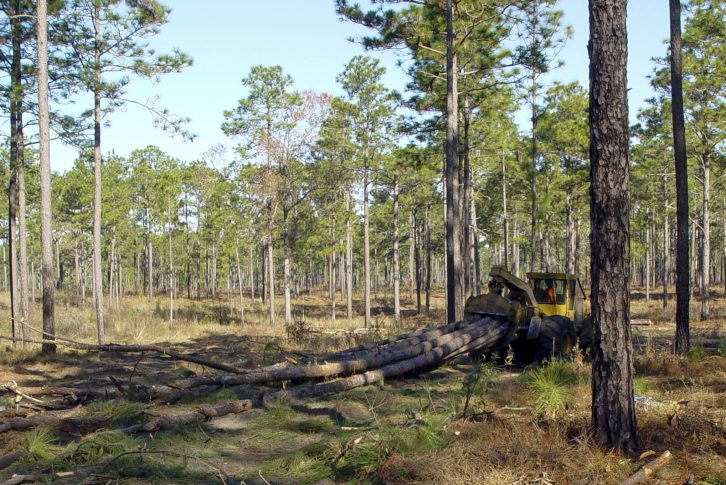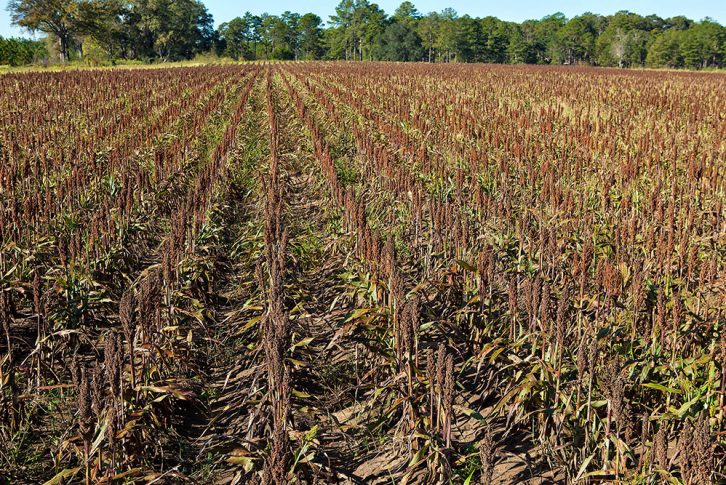Natural Resources Research & Management
Natural Resources Research & Management
Additionally, the site is managed with frequent prescribed fire and targeted mechanical removal of hardwoods to facilitate management with fire. We have implemented an adaptive silviculture experiment anticipating the effects of climate change on southeastern forests. Thus, we can also investigate the wildlife response to these management and restoration activities. Because Ichauway is actively managed for game species, small wildlife food plots are maintained throughout the property, which enables us to investigate wildlife use of food plots compared to natural vegetation.
Current studies within this theme include an investigation of the effects of natural disturbances on wildlife. We are examining the use of disturbance legacies such as damaged trees by wood-colonizing insects, and wildlife use of tree tip-ups, stumps, coarse woody debris, and animal burrows. In 2018, winds from Hurricane Michael caused extensive damage to the forests at Ichauway. This created an opportunity to examine the effects of a natural disturbance on the wildlife community. We are contrasting wildlife use and abundance in areas with differing levels of disturbance and downed trees that remain. There is a particular focus on the response of bark beetles and root-feeding insects to these patterns of disturbance.


